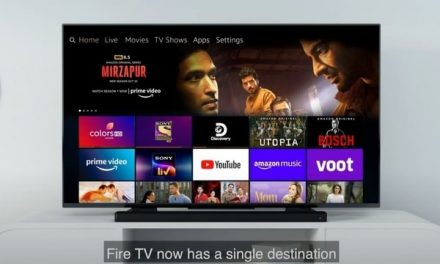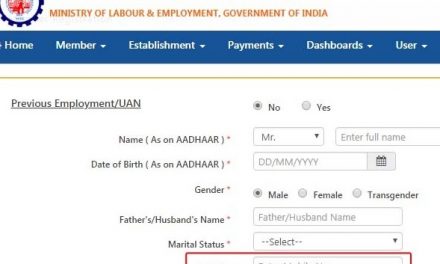In a bid to make Instagram a safe place for young users, the photo-sharing app will now introduce a feature to nudge teenagers away from harmful content and encourage them to ‘take a break’. As per a report by news agency Reuters, the new features were announced by Facebook vice president of global affairs Nick Clegg.
Talking about the features, Clegg said at the CNN’s State of the Union, “We’re going to introduce something which I think will make a considerable difference, which is where our systems see that a teenager is looking at the same content over and over again, and it’s content which may not be conducive to their well-being, we will nudge them to look at other content,” Clegg said. He also revealed that the company is also working on a feature that would ask teenagers to simply take a break from the platform. Clegg however didn’t reveal when it plans to roll out the new features.
Additionally, he revealed that the company is working on a feature that would ask teenagers to simply take a break from the platform. However, the company did not give a specific timeline to when it plans to roll out the new features.
Earlier this month, halted its plan of launching Instagram kids, for users under the age of 13, after facing severe backlash from child safety advocates.
Meanwhile, Haugen, a former employee turned whistleblower, has testified before the Senate committee about her experience on Facebook, and she also called on Congress to take strict action against the social media company for allegedly creating a toxic environment for teens on Instagram.
Facebook has been under intense criticism for the past several weeks, following reports from the Wall Street Journal based on internal documents that Haugen provided. A former product manager at Facebook, Haugen testified before Congress on Tuesday at a hearing focused on the company’s internal research that showed Instagram can be toxic, particularly for teen girls. Facebook CEO Mark Zuckerberg disputed Haugen’s account, saying it was illogical for a company that relies on advertisers to push content that makes people angry to turn a profit.












